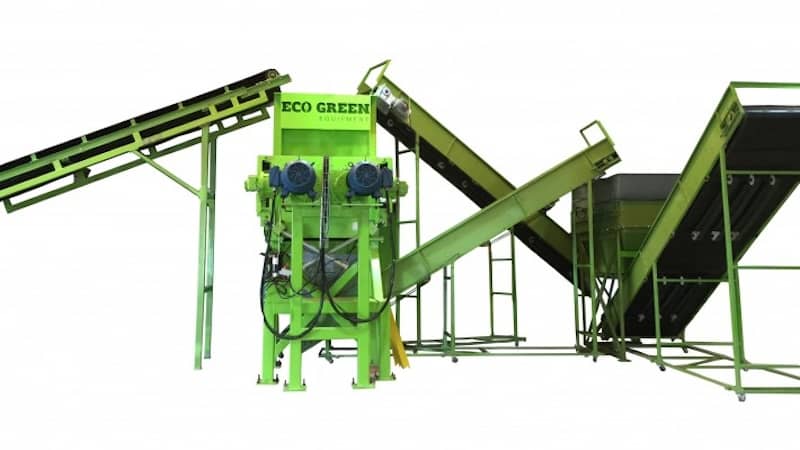It was a risky business venture when companies began recycling scrap tires in the 1970s. These visionary entrepreneurs saw the detrimental impact scrap tires had on the environment and recognized the business potential of turning these rotting rubber tires into something new and useful.
Since then, recyclers have significantly improved the process of recycling tires, and researchers continue finding new and innovative ways to reuse the recovered rubber. There have also been significant strides in the adoption of tire recycling. Just four years ago, in 2020, 39 states had programs dedicating funds to promoting the collection and recycling of tires.
This funding, available mainly at the state level through grants, is a significant benefit to tire recycling and the industry. It can potentially increase tire recycling adoption, boost research, and provide many other benefits. Let’s examine how grants power the growth of tire recycling programs across the country.
1. Collection
The first step in tire recycling is collecting end-of-life tires. While many tire shops send old tires to a rubber recycling facility, not all tires end their lives in a shop. Between flats on the side of the road, DIY mechanics, and oversized tires, many tires get left on the side of the road, in empty lots, or in a pile next to the shed.
State grants can help clean up these tires by providing the necessary capital for local cleanup efforts. Grants to fund tire amnesty days allow residents of the surrounding area to turn in unwanted tires without a fee. Although the number of tires allowed per resident is usually limited, the outcome can make a significant difference. Other grants may cover the cost for cleanup crews to gather, transport, and recycle tires abandoned in vacant lots or other areas.
2. Reuse
Some recycled tire products are relatively new. While they may be an excellent alternative to existing materials, companies may be slow to adopt them. Grants that cover part of the cost of an improvement project that uses recycled tire products may encourage companies to look more closely at available options. Some examples include:
- Installing rubber mulch at schools or parks
- Paving roads with rubberized asphalt
- Incorporating tire-derived aggregate in construction projects
Many recycled rubber products offer greater durability and longevity than traditional products used for the same project. Convincing companies to try the product is an excellent starting point.
3. Research
The long-term solution to the problem of scrap tires will get out ahead of the problem. Grants that fund research into developing more sustainable tires encourage tire manufacturers to discover new and better ways to make tires. Past projects have included evaluating the use of recycled rubber in new tires or ways to increase the durability of current tires so they last much longer.
While some researchers focus on improving tire technology, others are searching for innovative uses for scrap rubber. In 2021, tire-derived fuel (TDF) accounted for 40% of recycled scrap tires. TDF is a cleaner alternative to the fossil fuels typically used in paper mills and cement kilns. Although TDF is among the first and best uses for recycled tires, there are many more possibilities left to explore. Funding research to uncover the next best application for recycled rubber can potentially increase the demand for products like crumb rubber.
4. Enforcement
Most states have rules and regulations that govern the collection, transportation, storage, and use of scrap tires. However, enforcement can be a challenge for local law enforcement. Government grants can help provide the resources needed to devote time and attention to ensuring residents and scrap tire processors follow applicable laws. Following these laws helps keep the public safe and protects property.
5. Recycling
Government grants for waste tire recycling aim to improve all aspects of tire recycling, including access. Solid waste management collects trash from residents all over the country regularly. The infrastructure for this service is already in place. Adding recycling services to this existing infrastructure is the goal of many grants. This type of funding may be given to help waste management companies and their partners implement tire recycling programs. These programs grant easy access to tire recycling and ensure tires are recycled to become other useful products.
Partnerships
Recycling scrap tires is a goal that state governments and waste tire recycling companies share. While both can make progress towards a solution without the other, progress happens more quickly and reliably when they work together. Government grants are often the financial boost that recycling companies and other entities need to explore new possibilities and implement new programs to accelerate tire recycling. With the help of grants, tire recycling will continue to grow and improve our environmental outlook.




